Alright – so today we’ve got the honor of introducing you to Erin Herman. We think you’ll enjoy our conversation, we’ve shared it below.
Erin, thanks for taking the time to share your stories with us today What’s the backstory behind how you came up with the idea for your business?
For two decades, I had the privilege of working with Fortune 500 executives and leading teams within global institutions like St. Jude Children’s Research Hospital, ALSAC and UNICEF USA. I led initiatives that spanned continents—launching award-winning platforms like the Learning Passport in partnership with Microsoft and Cambridge University, and helping secure a $300 million philanthropic commitment, one of the largest ever made to a children’s hospital.
From the outside, it looked like I had it all. But the truth? I was living in airports and boardrooms, running at full speed, and slowly losing pieces of myself along the way. I was the “weekend mom,” the “sometime friend,” and the “checklist wife.” I believed I was doing it all for my family—until one day I got a phone call that stopped everything. My dad was on life support. And I didn’t make it in time to say goodbye.
That moment shattered me. Not just because of the grief—but because I realized how easily we postpone what matters most. We say we’ll call tomorrow. We’ll rest next week. We’ll chase our dreams someday.
But someday came knocking.
I went back to work, back to “business as usual,” but something had changed in me. I began to reevaluate everything. Then one Friday, a team member stopped by my office. She said she looked forward to Fridays—not because the weekend was near, but because of my Friday emails. Each week, I wrote a message to the entire department, reflecting on a theme, sharing a story, and celebrating team members who embodied it. She told me she’d saved every single one—and every Friday, she opened her inbox hoping her name might be there.
In that moment, it hit me: what I loved most wasn’t just leading strategy. It was mentoring, coaching, and igniting belief in people. If one weekly email could make that kind of impact, what could I do in a room full of 2,000? What if I could scale that?
That was the spark.
It wasn’t about leaving my career behind. It was about stepping into the kind of leader—and life—I wanted to create. One rooted in purpose, presence, and people. That’s when I knew: it was time to build something of my own.
And so, I did.
Awesome – so before we get into the rest of our questions, can you briefly introduce yourself to our readers.
At my core, I’m a wife, a mom, a wannabe weightlifter, and a black coffee fanatic who takes a long walk every day to think big and dream bigger.
For over two decades, I worked with some of the most recognized organizations in the world—leading teams, building partnerships, and launching initiatives that reached millions. I’ve been in boardrooms with Fortune 500 CEOs, collaborated with global nonprofits, and helped create an education platform now used in 40+ countries and recognized by TIME as one of the world’s best inventions.
But what I’m most proud of isn’t the titles or the stages—it’s the people. I’ve learned that leadership isn’t about being the smartest in the room; it’s about being the most connected. Today, through my keynotes and the CEG Method™, I help leaders lead with courage, empathy, and a growth mindset so their teams feel seen, valued, and unstoppable.
If there’s one thing I want you to take with you, it’s this: you matter more than you think, and the way you lead can change everything for someone else.
What’s a lesson you had to unlearn and what’s the backstory?
A lesson I had to unlearn. That leadership is about results.
For most of my early career, I genuinely believed that if you hit the numbers, you were doing it right. That if the results looked good on paper, then the people must be doing fine, too. I thought leadership was about driving outcomes—and I was really good at it. Until I wasn’t.
Eight years ago, I took a role leading Corporate Partnerships at UNICEF. I showed up in my crisp white “power coat,” fresh from Macy’s, hair in a bun, kids kissed goodbye, ready to crush it. My background was in elevator and escalator sales—I had quite literally helped people move up in the world—and I thought I knew exactly how to lead at scale. I leaned in—hard—and started running.
In my first year, we doubled our revenue, tripled our number of partners… and lost nearly every single person on the team. I didn’t stop to listen. I didn’t build trust. I bulldozed forward thinking that if people just followed my lead, we’d win. But here’s the thing: when you forget the people, you’ve already lost. On the day I proudly submitted our “successful” year-end report, the last standing team member walked in and handed me her resignation.
That was my wake-up call.
It was the start of a humbling truth I had to learn the hard way: leadership isn’t about being the smartest person in the room—it’s about being the most connected. Influence doesn’t come from your title. It comes from your relationships. From your ability to listen, adapt, and show up for people—not just performance.
That experience reshaped everything for me. I realized change doesn’t succeed because of a perfect strategy. It succeeds because of people who trust one another enough to walk through it together. And when I stopped managing people through change and started growing with them, everything shifted. Over the next five years, we scaled from $2M to $80M. Not by forcing outcomes, but by building culture.
That journey became the foundation for my work today. I’ve been fortunate to partner with organizations like Microsoft, Salesforce, and Sony Music to lead change at scale. And what I’ve found in every room is this: the teams who win long-term? They lead with courage, empathy, and a growth mindset. That’s the CEG Method™—a human-centered approach I now teach through keynotes, workshops, and strategic leadership consulting.
Because leadership isn’t a solo sport. Change isn’t a checklist. And results without relationships? They don’t last.
Have you ever had to pivot?
One of the biggest pivots of my life was going from selling elevators to leading global partnerships for the United Nations.
I started out in elevator and escalator sales—ranked #1 in the country for multiple years. I knew how to sell, how to lead, how to perform. But when the opportunity came to join UNICEF USA in an executive role, I said yes… even though my résumé looked nothing like anyone else’s in the room.
Suddenly, I was across the table from ambassadors, UN leaders, and Fortune 500 executives. I didn’t have their background, but I had grit, curiosity, and the humility to learn fast. And I did. We grew from $2M to $80M in under five years—not because I knew everything, but because I wasn’t afraid to ask, listen, and adapt.
That pivot taught me this: you can’t let someone else’s definition of “qualified” decide your future. If I had, I would have missed every room I was meant to walk into.
So now, I tell leaders—pivot boldly, say yes before you have it all figured out, and trust yourself enough to grow into the role. That leap didn’t just change my career—it changed who I am as a leader.
Contact Info:
- Website: www.TheErinHerman.com
- Instagram: https://www.instagram.com/eebherm/
- Linkedin: https://www.linkedin.com/in/erin-herman-97832217/
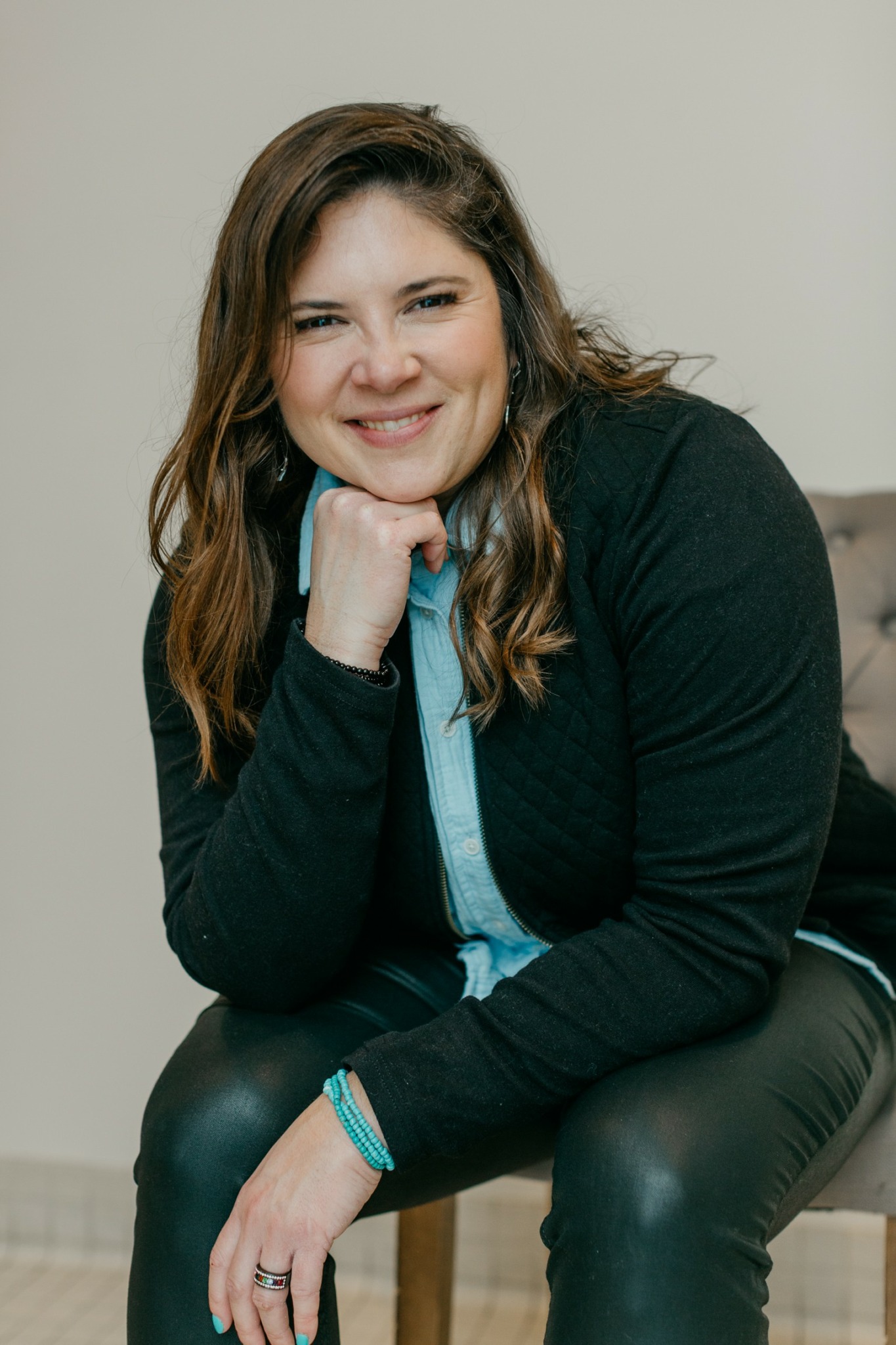


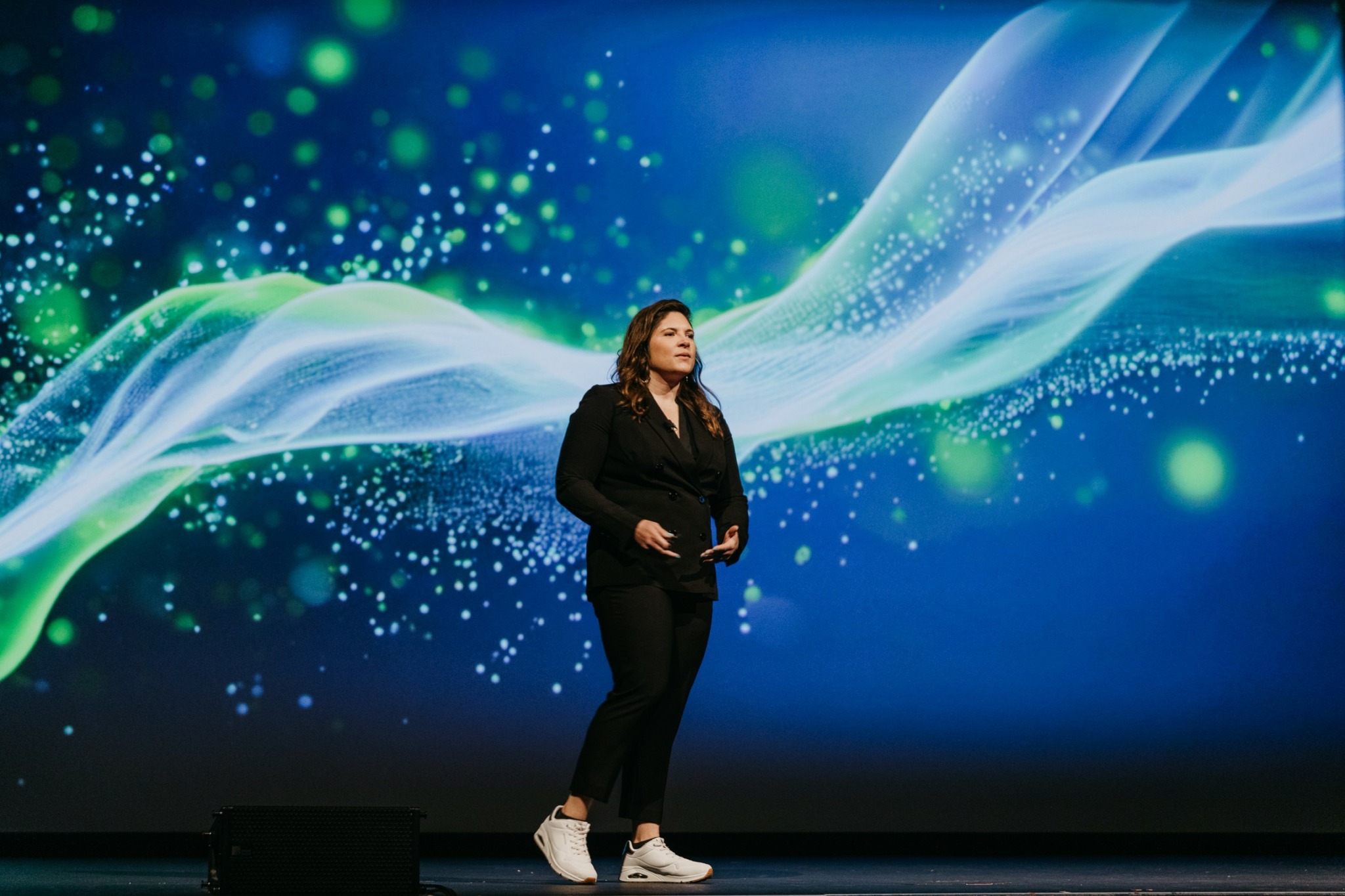
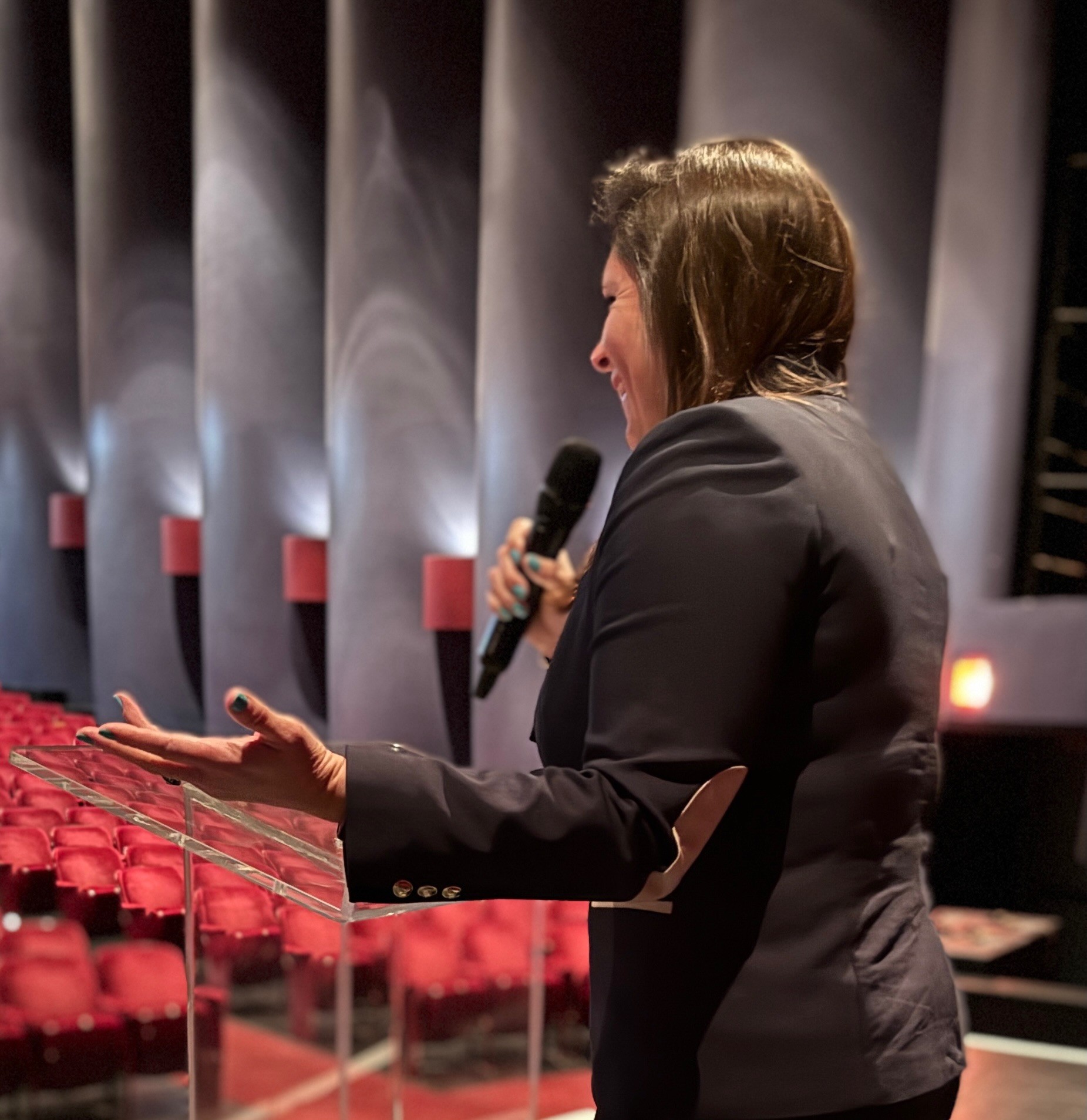
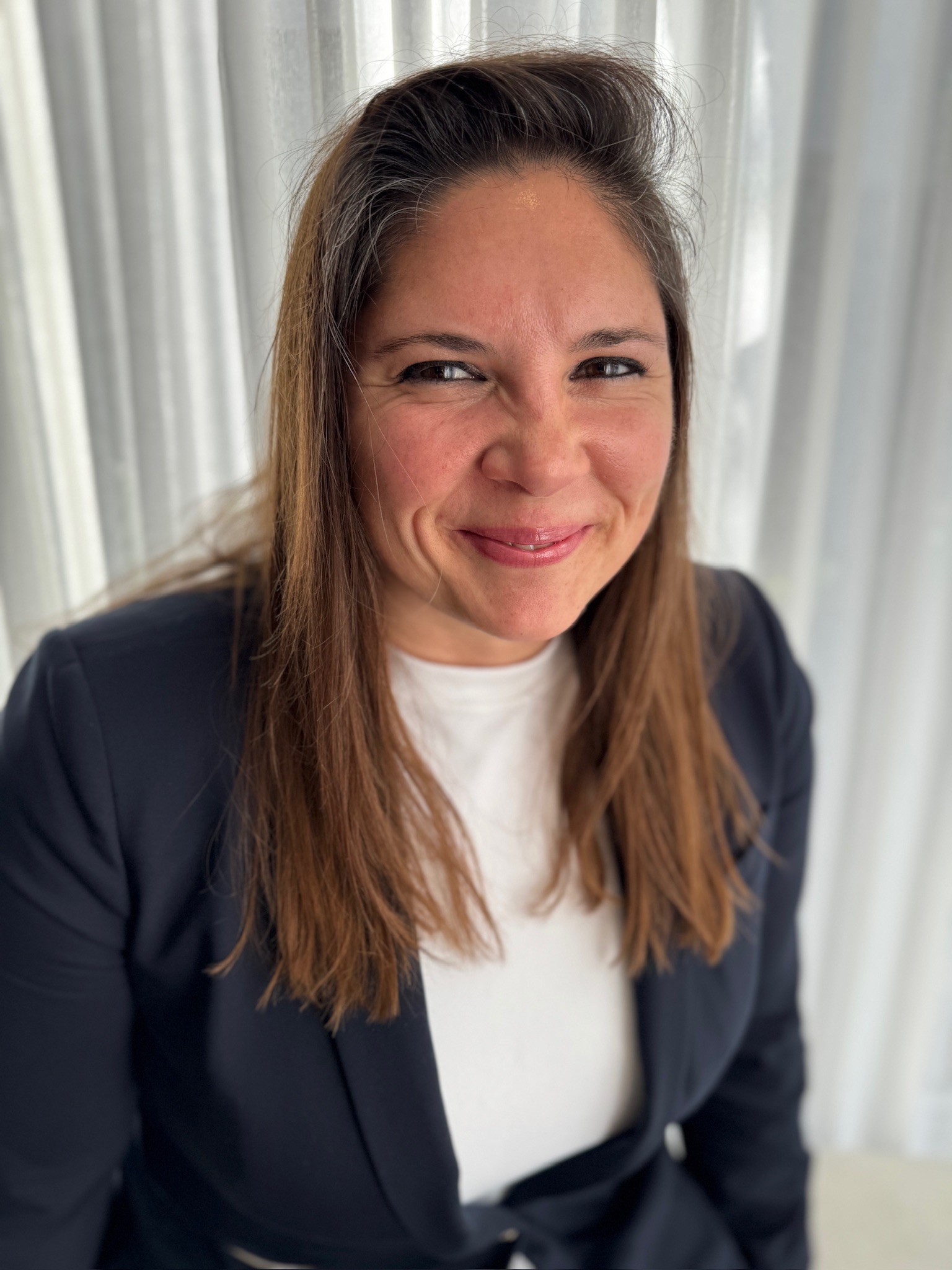
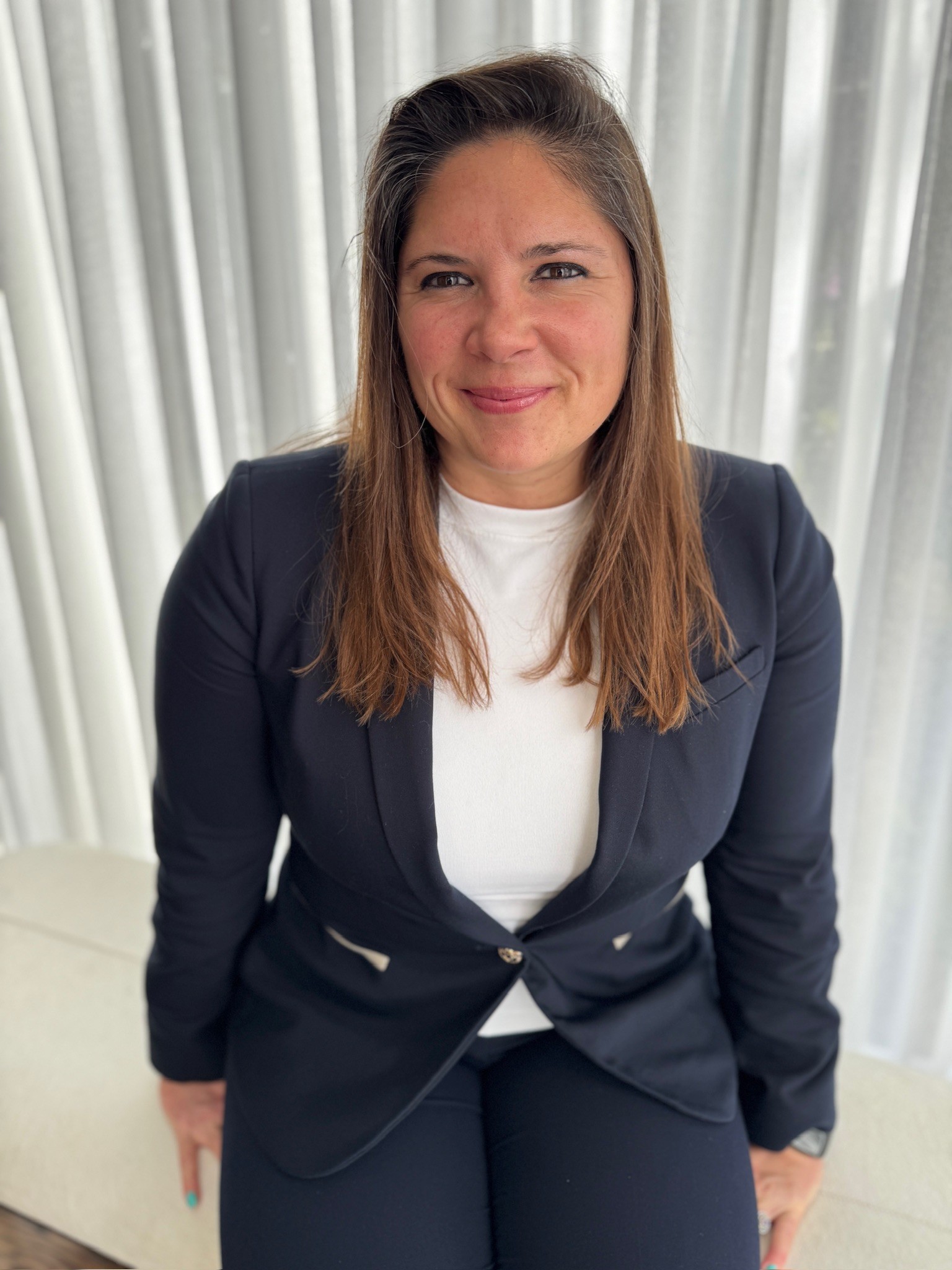

Image Credits
I have the rights to all of these photos.


